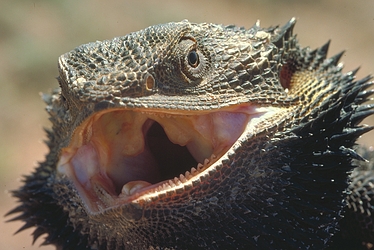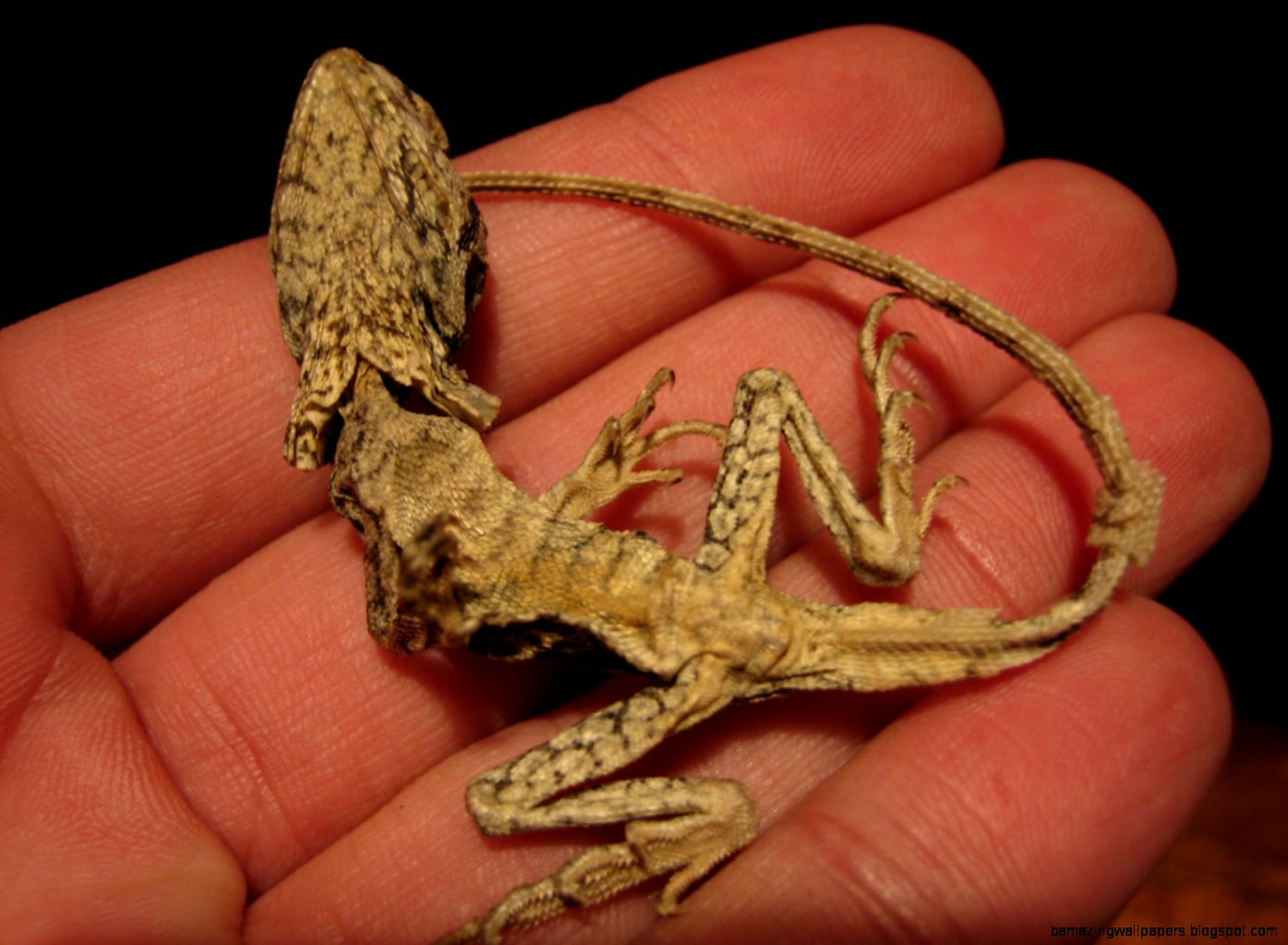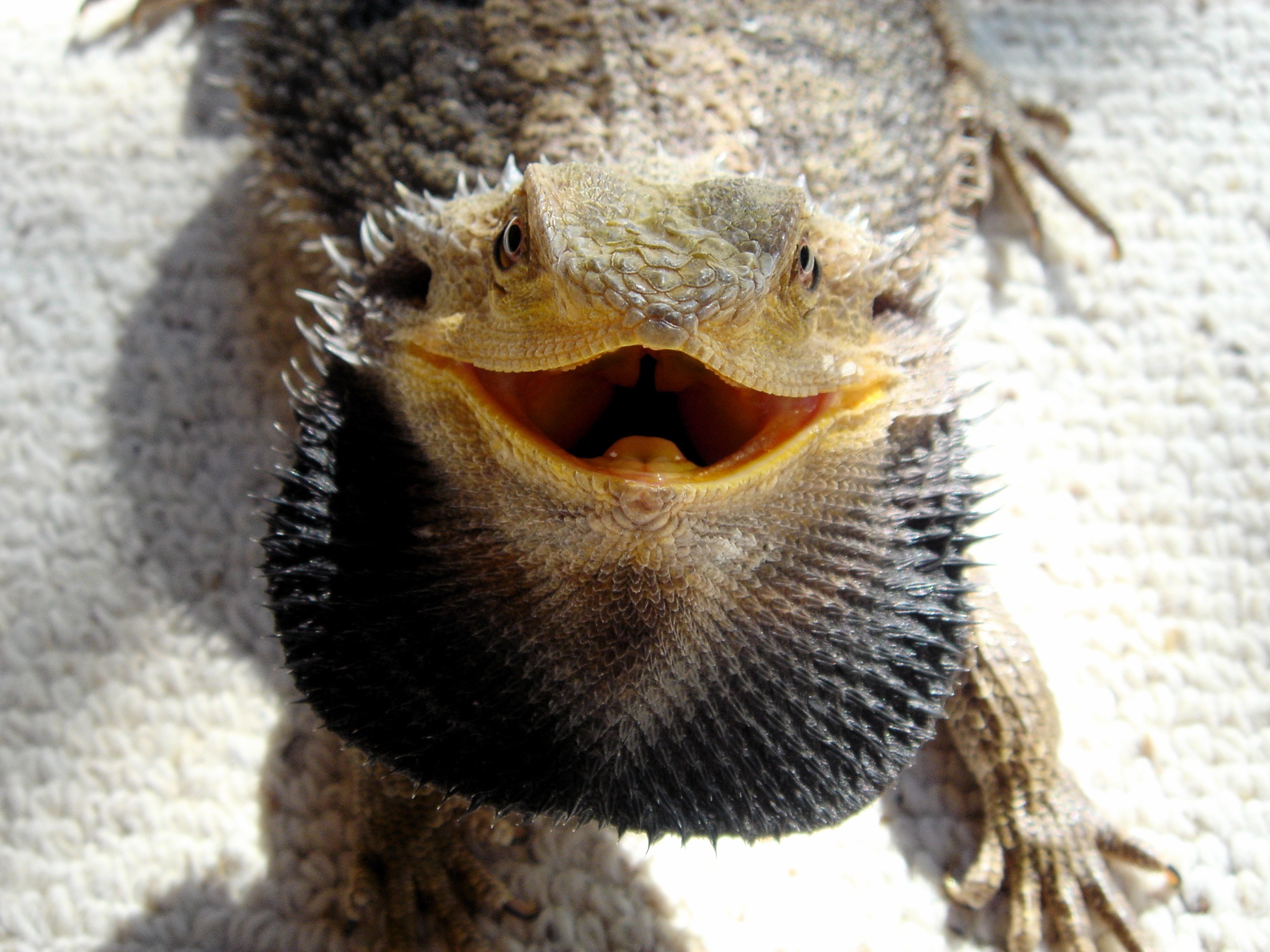Unlock the Beauty of Bearded Dragon: Discover Different Colors and Patterns
Unlock the Beauty of Bearded Dragon: Discover Different Colors and Patterns
Bearded dragons have become one of the most popular pet reptiles due to their friendly disposition and easy maintenance. They come in a wide variety of colors and patterns, making them a favorite among reptile enthusiasts. If you’re new to the world of bearded dragons or planning on getting one for yourself, it is essential to know the various color morphs, the determining factors, and how to care for your colorful lizard.
Understanding Bearded Dragon Color Morphs
Bearded dragons can come in different colors, patterns, and morphs. It isn’t unusual for them to have unique combinations that make each dragon special. Here are the most common morphs you’ll find:
Normal/ Wildtypes
The normal or wild-type is the most common morph. They’re commonly referred to as the ‘classic’ or ‘natural’ bearded dragon you’d come across in the wild. They tend to be normal in size, possess a tan or brown base color, and sometimes have blue-black stripes radiating from their eyes.

Yellow Bearded Dragons
As the name suggests, they have a yellowish tint in their skin color. The yellow pigment concentrations can vary. They also have a dark yellow beard, with some having black patterns around the eye area.

Red Bearded Dragons
Red bearded dragons are quite uncommon but stunning. They are often bright orange or red. Some have markings on their head and a red beard, which helps them indicate their territory and show dominance. The orange morphs tend to be more common than the true reds.

Hypo Bearded Dragons
Bearded dragons that lack some of the black pigments that they carry in their skin are called Hypomelanistic or Hypo. They often have bright orange colors and possess only a few squiggles or dots on areas such as their backs where the black pigment is absent.
Translucent Bearded Dragons
Translucent bearded dragons (also known simply as “Trans”) have skin with no visible pigment due to being partially transparent, similar to us humans. As a result, their bones and internal organs are visible through their skin. Albinos have white skin, and you can spot their veins through their skin. They can have white or light peach colors on their bodies, and their eyes have a pinkish color.

Factors that determine the Color Morph
Different factors can determine color and pattern in bearded dragons. Here are a few of them:
Genetics
Like with most animals, genetics plays a significant role in determining a bearded dragon’s color morphs. If the parents have the same traits, their offspring is more likely to have that trait. The morphs are made possible by the presence or absence of pigmentation, with changes to their genes leading to the different morphs.
Environment
The environment your bearded dragon lives in plays a role in their overall color. Dragons exposed to different temperatures, lighting, and diet will develop different colors, so be sure to properly regulate their heat lamps and UVB lighting.
Age
Bearded dragons’ color can change as they age. This is most commonly seen in juveniles who start with a lighter color than their adult counterpart. Over time, they will develop their adult coloring.
Tips for Taking Care of your Bearded Dragon’s color morph
As a beginner, providing proper care for bearded dragons is essential in maintaining their colorful appearance. Here are a few tips to get you started:
Provide adequate lighting
Bearded dragons need proper lighting to stay healthy and maintain a good color. UVB bulbs imitate the sun, which is essential in their metabolism and calcium absorption. Without UVB, they can experience metabolic bone disease, which can affect their color.
Maintain the right temperature
Bearded dragons are cold-blooded, which means that they need a heat source to maintain their body temperature. You must maintain heat lamps and other heat sources at the right temperature to keep them healthy and vibrant. If they get too cold, their Coloring can fade or become dull.
Provide a Proper Diet
Bearded dragons require a varied diet, including veggies, fruits, and insects. It would be best if you fed them with insects like crickets and roaches high in calcium and other nutrients. You should also supplement their diet with vitamins and minerals to ensure they can support their Coloring and overall health.
Enclosure Setup
The right setup is essential for a healthy and vibrant dragon. Make sure the enclosure is big enough to provide for optimal exercise and cooling. You also want to make sure there’s limited exposure to loud noises and vibrations that can stress them out and make their colors appear duller.
Conclusion
Bearded dragons come in a variety of colors, making them a favorite pet among many reptile enthusiasts. Their coloring depends on several factors, such as genetics, age, and environment. To keep their dazzling colors shining brightly, it’s essential to provide them with a healthy diet, the right lighting, and housing. Stick to these tips, and your bearded dragon will remain a source of radiant beauty for years to come!
